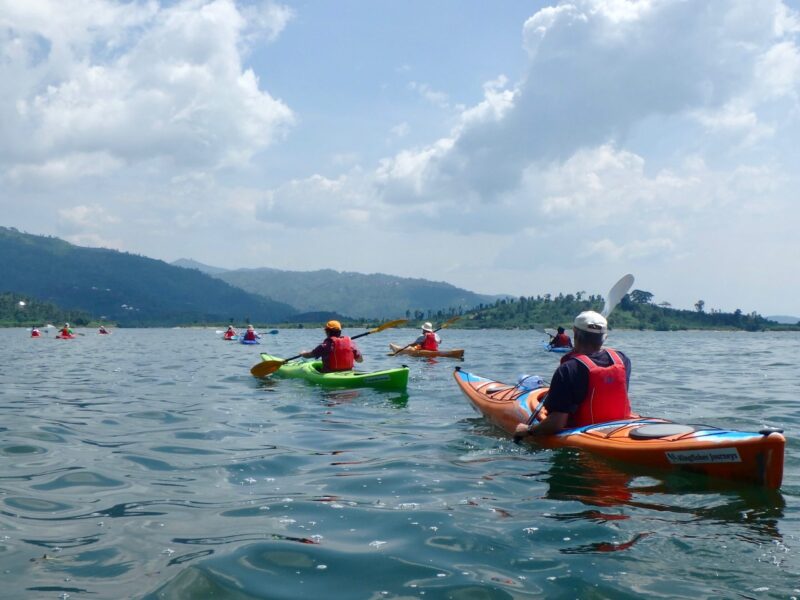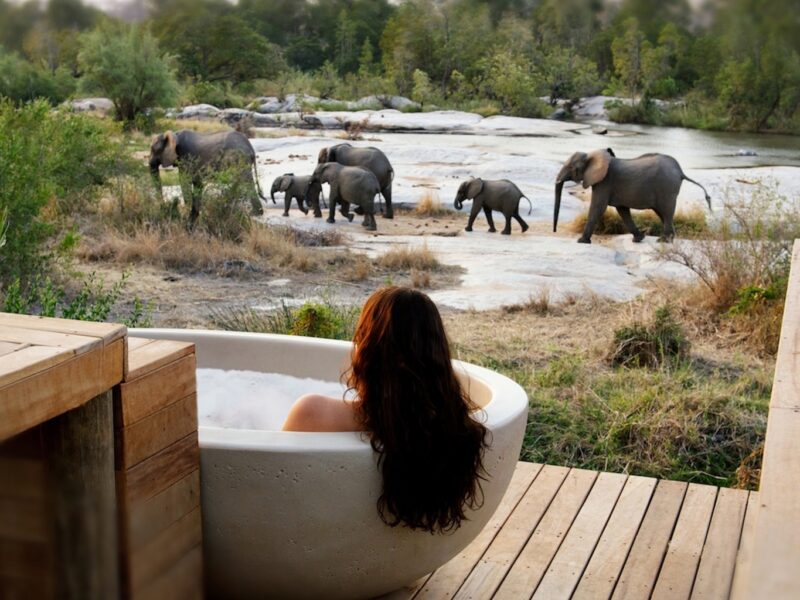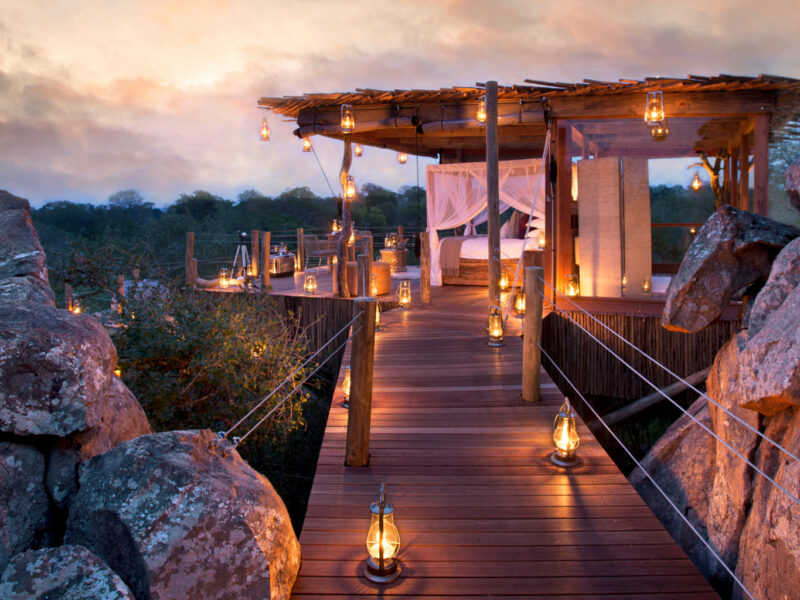Kidepo Valley National Park Safaris
Located in the Karamoja area of north-east Uganda, Kidepo Valley National Park This is a relatively distant location and way off the beaten path, hence it merits consideration for a safari.
The national park spans 1,442 square kilometers. Gazetted as a game reserve in 1958, it attained its present status four years later in 1962. Its geographical features range from vast savanna to semi-desert to palm-lined creeks to open woodlands. Two valleys—Kidepo and Narus—exist. Wildlife especially likes the latter. Surrounded by mountains, the park offers a small selection of lodging; its very elite ambiance reflects this.
Kidepo Valley National Park’s wildlife
More than any other park in all Uganda, Kidepo has an incredible variety of mammals. Predators include lion, leopard, cheetah, hyena, wild dog, bat-eared fox, and a few jackal species—black-backed and side-striped. Roaming the plains are great herds of buffalo as well as elephant, zebra, and the uncommon Rothschild’s giraffe. Among the twelve species of antelope living here are eland, oribi, klipspringer, Jackson’s hartebeest, and a hundred Uganda kob brought in from Murchison Falls N.P. Among the five primate species are the patas monkey. Currently no rhino, but plans are in the works to bring back white rhino—watch this space!
Kidepo’s birdlife merits consideration as well. Rising to nearly five hundred during the migration months of November through to April, around four hundred species of feathered friend reside here. Common species are ostrich, kori bustard, red-and-yellow barbet, and small bee-eater, among a wide range of specials—pygmy falcon, white-eyed kestrel, golden pipit, rose-ringed parakeet, and many others. The park is nothing short of a birder’s paradise!
Activities
Usually on game drives and game walks, all camps and lodges in the national park offer many chances for visitors to see Kidepo’s animals. Visits to the local community are among the offerings along with bush breakfasts and sundowners. The dry season, which spans from September to March, is the ideal time to see all the creatures. Rising temperatures makes it simpler to see both predators and herbivores at the limited water sources, relishing a long refreshing sip.
Should you wish to go on a safari vacation in this national park rich in wildlife, kindly review our lodging possibilities and get in touch with a member of our team.




